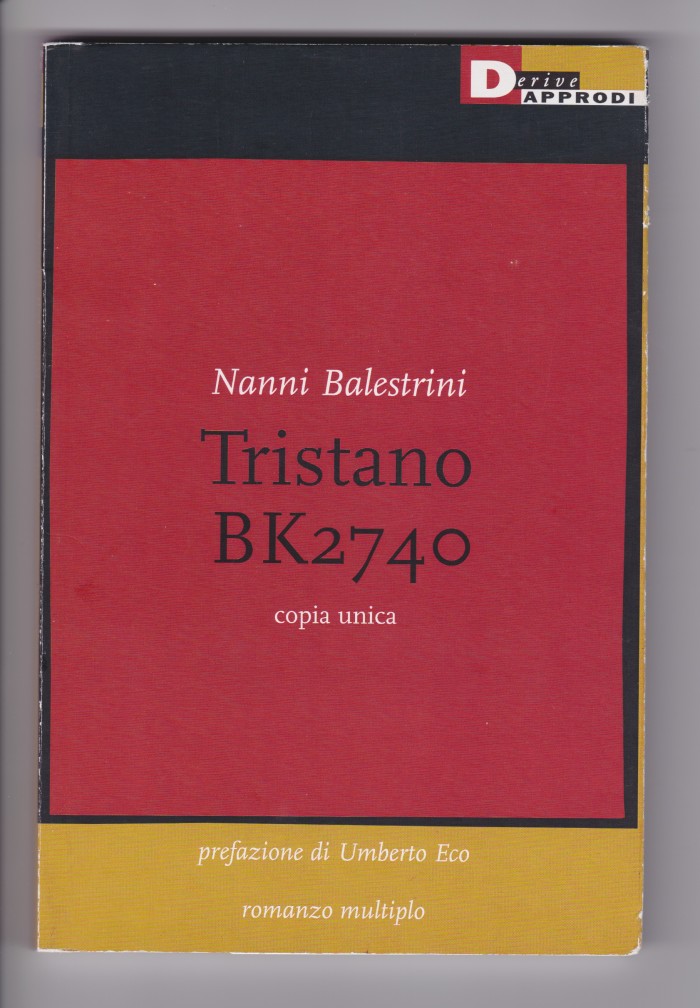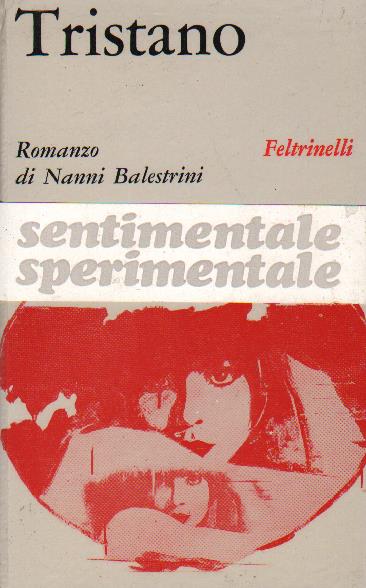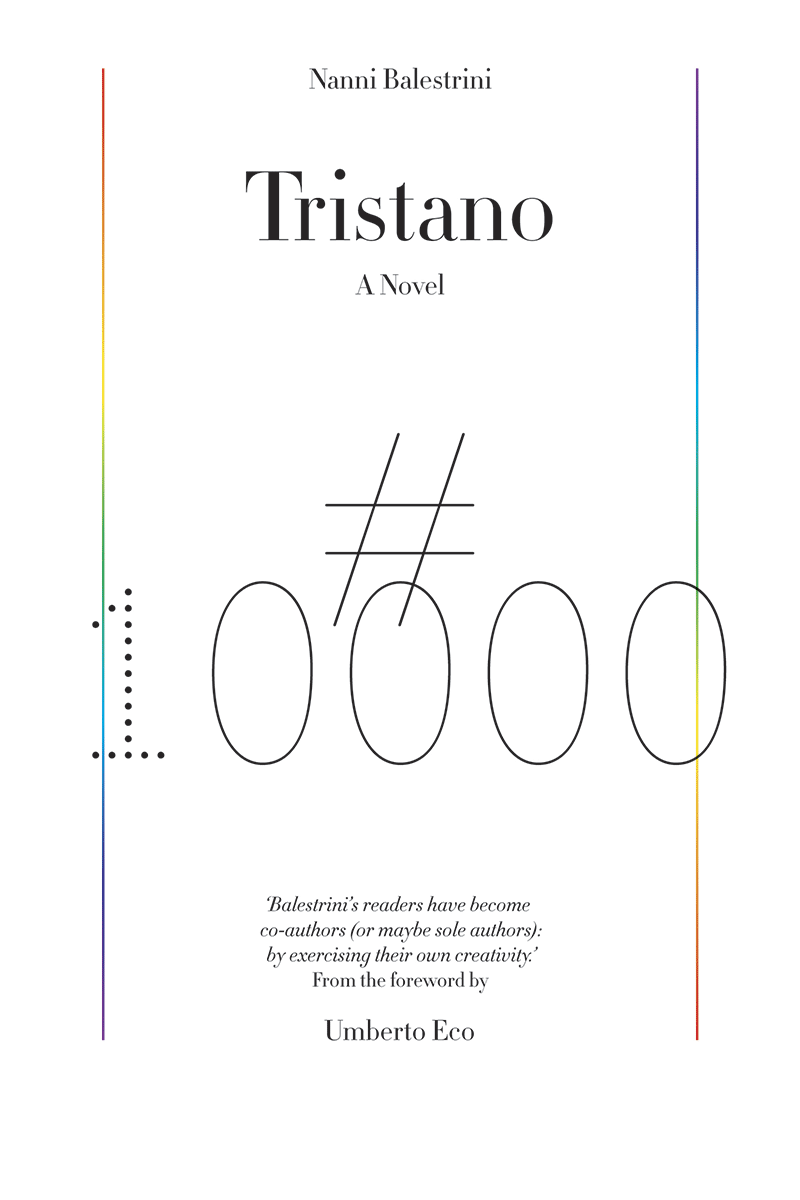Title |
Tristano |
Author |
|
Date |
1966 |
Description |
Tristano is an experimental generative novel that was conceived to be read by each reader differently, since each sentence is randomly shuffled. The novel comprises ten chapters, and the fifteen pairs of paragraphs in each of these are shuffled anew for each published copy. No two versions are the same. The random variations between copies enact the variegations of the human heart, as exemplified by the lovers at the centre of the story. |
Artist's Statement |
[…] nowadays, not only with the computer able to rapidly combine in the most dizzying ways, but with digital printing and Print on demand, the reader can have “in the flesh” a copy of the story different from all the others (which represents at the same time the triumph and death of the numbered edition, as each copy should be the number I), or have XXXX copies to compare them (given enough time) — Umberto Eco |
Context |
In order for the novel to be actually distributed in different versions, it had await publication till the age of print-on-demand, so it was fully realised only four decades after, when it was finally possible to print and bind unique permutations of the text (109,027,350,432,000 in total). |
URL |
|
Medium |
|
Pages |
128 (Verso edition) |
Publisher |
Verso DeriveApprodi |
Buy |
https://www.versobooks.com/books/1518-tristano |
Price |
£10.49 |
Technology |
|
Related Article |
“To Program a Prose Machine” by Brendan Byrne, rhizome.org/editorial/2014/feb/7/program-poetry-machine/, 7/02/2014. |
Keywords |
algorithm, authorship, bookness, distribution, language, materiality, production, publishing, quantification, remix, writing |
Added |
|
ID |
1777 |



